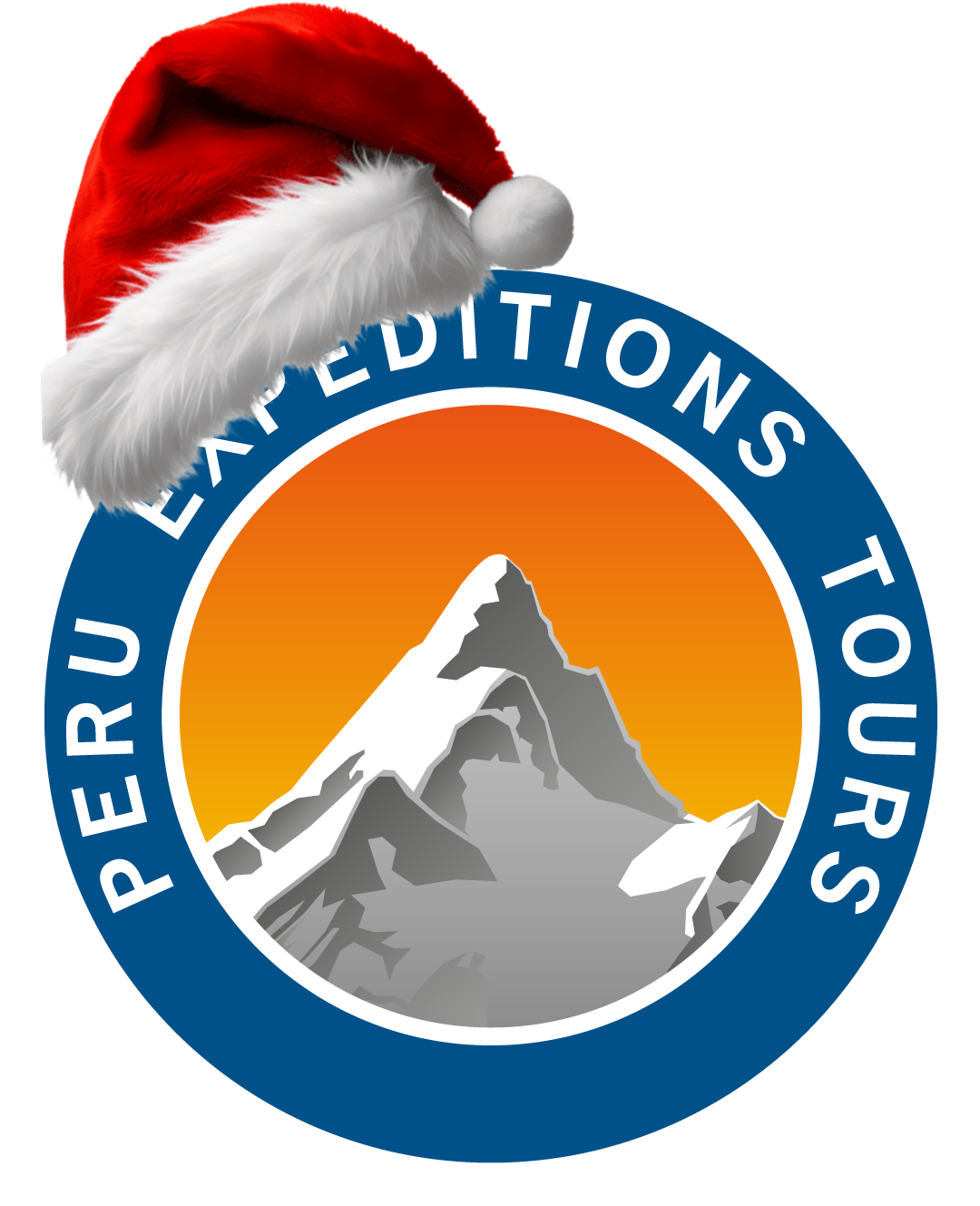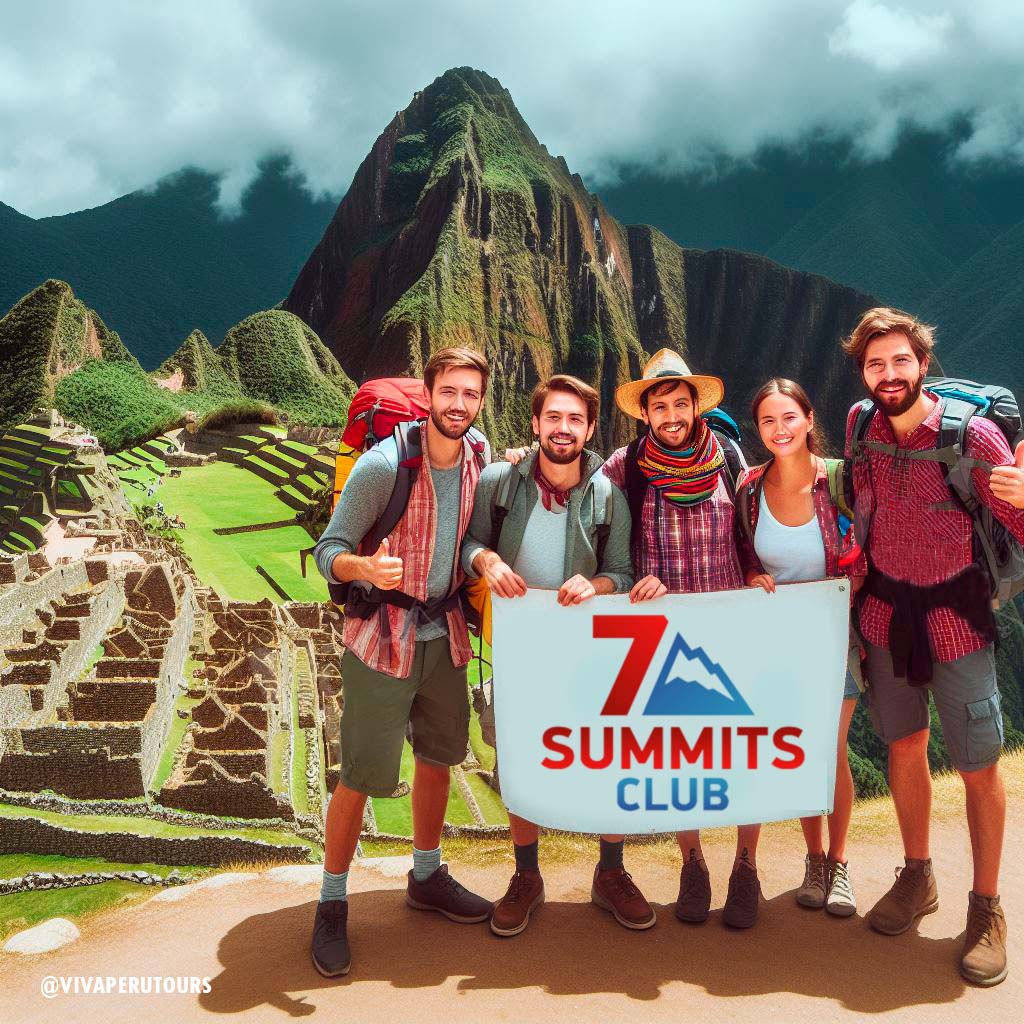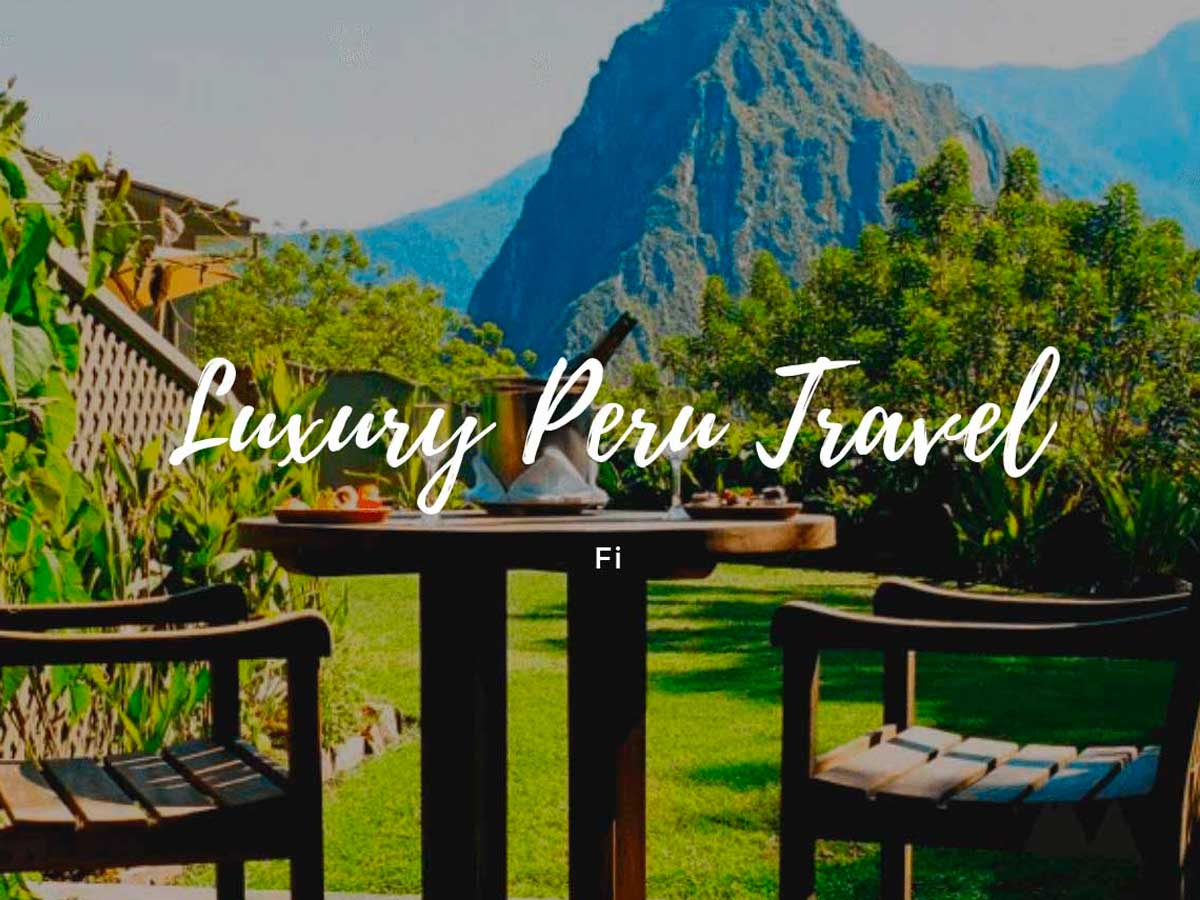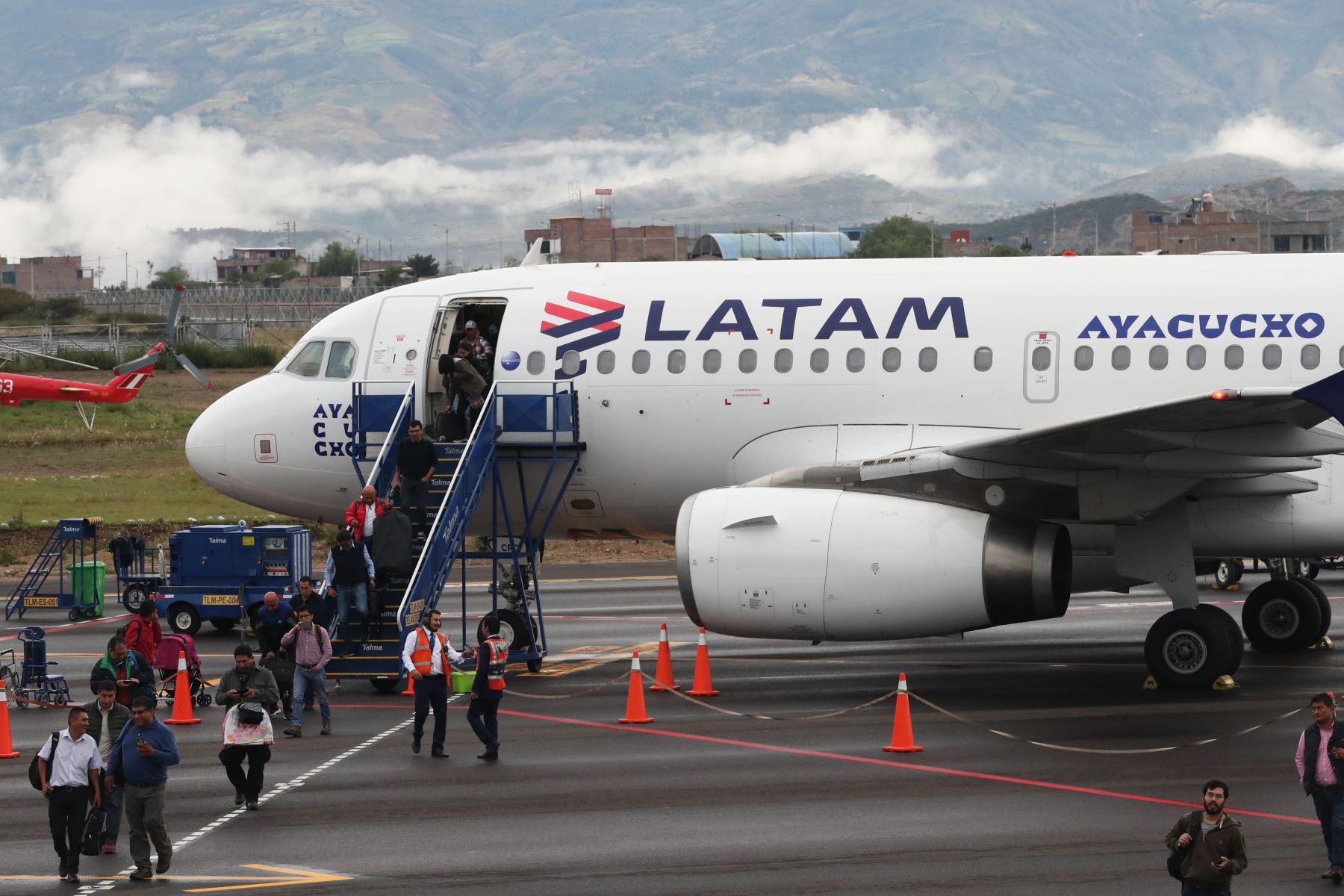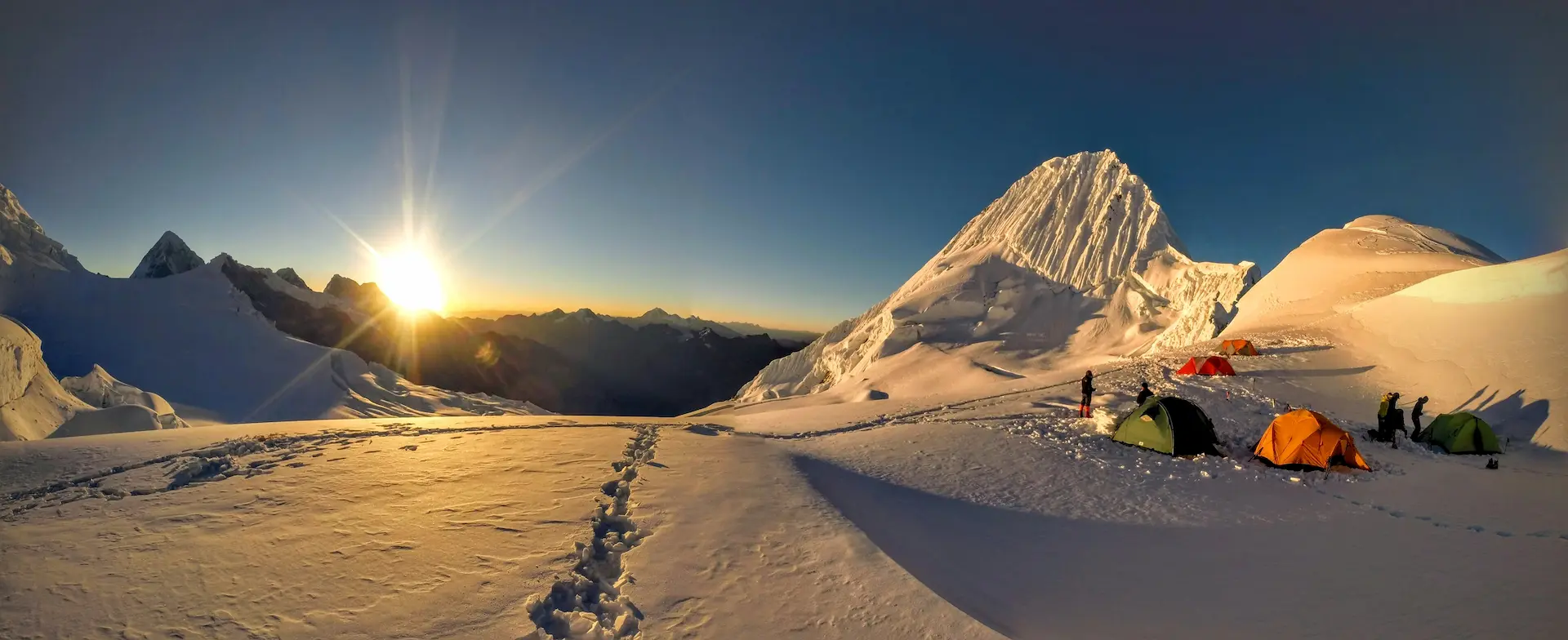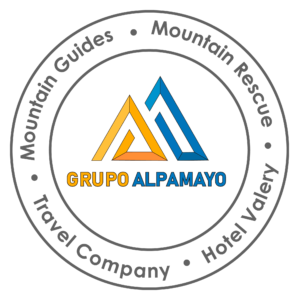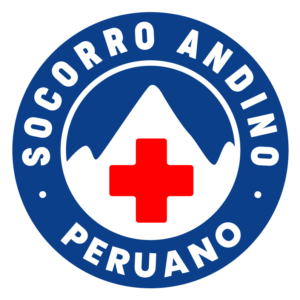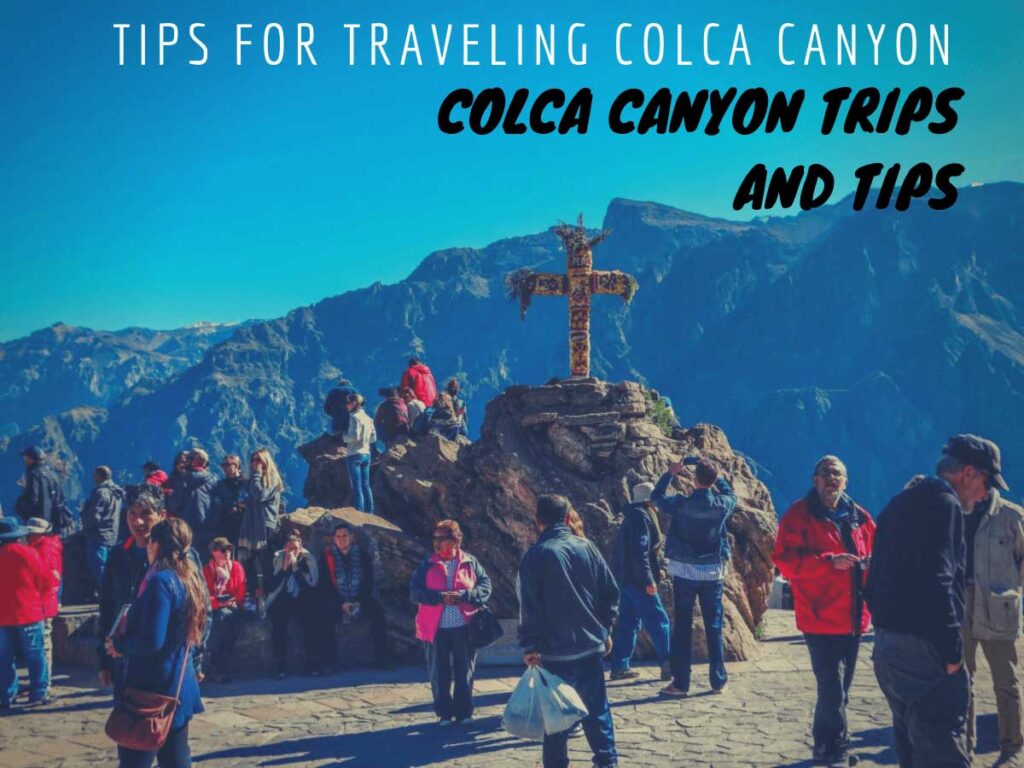
Colca Canyon is the second deepest canyon in Peru and one of the deepest in the world. It is rich with natural hot springs and tradition dating back to pre-Incan times, with the cultivation of the terraces along the sides of the mountains. The main local populations are the Cabanas and the Collaguas, who speak different languages and have lived in the valley since the time of Spanish colonialism or longer. The Spanish influence is still obvious in the various villages and chapels scattered in the valley, which have a painful history but beautiful architecture. There are a multitude of hiking paths around the valley, some relatively easy and others much more challenging, offering opportunities for anyone with an interest. And, of course, the “Cruz del Condor” is a popular stop for a good chance of seeing the gigantic Andean Condors.
- Bring sunblock
- Consider bringing binoculars for better viewing of the vast landscape
- Decide carefully on the priorities of the trip when considering timing
- Bring money
- Bring good hiking boots
- Also bring a swimsuit
- Try the trout
- Allow yourself to acclimate to the altitude
- If you get a chance
- Take time to appreciate the wildlife
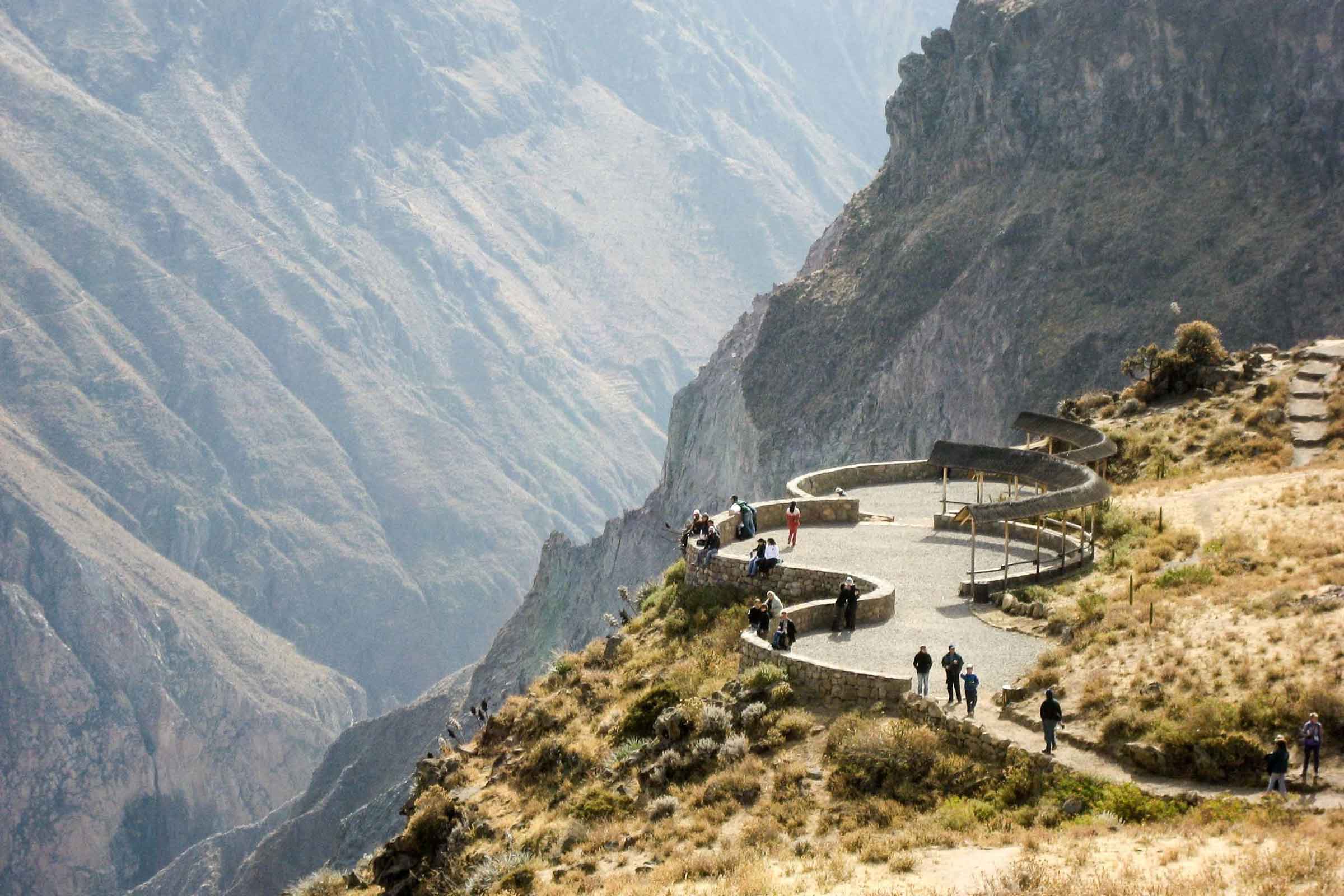
- Bring sunblock
sunglasses, and a hat. While the canyon itself is one of the deepest in the world, it is still at a very high elevation and travelers are just as vulnerable to sunburn or sun damage as anywhere else in the Andes. Also, it’s much easier to take in and fully appreciate the breathtaking beauty of this natural landmark if you don’t have to squint. Remember to reapply sun screen often.
- Consider bringing binoculars for better viewing of the vast landscape
the more distant mountain ranges, and the famous Andean condors, which are hard to miss with their seven to eight foot wingspan but even more impressive with a closer look. These “eternity birds” can live up to 70 years, and are classified as Near Threatened due to the decreasing population. The condor is an important cultural symbol throughout much of South America. They are also the national bird, not of Peru, but of Bolivia, Chile, Colombia, and Ecuador.
- Decide carefully on the priorities of the trip when considering timing
The wet season means that the valley will be lush with flowers and greenery, but of course it will also be raining during at least part of the trip, there’s less likelihood of a Condor spot, and in some extreme cases with a lot of rain some of the hiking trails (although certainly not all, or even most) will be impassable. In the dry season, these problems won’t present themselves, but the weather will be generally colder and the mountains and valley much drier.
- Bring money
as meals are not included in the tour of the canyon, and the villages in the valley are famous for their unique embroidery and textiles woven or knitted with wool from baby alpacas.
- Bring good hiking boots.
There are many different hiking trails around the canyon of varying levels of difficulty. If hiking isn’t your interest, but some kind of adventure is, there are also canoeing and kayaking opportunities in the river that flows along the bottom of the canyon.
- Also bring a swimsuit
since there are many natural (as well as artificial) thermal springs, one of the most famous of which, La Calera, is located in the town of Chivay, where the tour stops for this very reason. Thermal springs are always a relaxing, healing experience, and are especially nice if you chose to go hiking and are tired and sore.
- Try the trout
They are caught from the river, so you know they’re fresh, and are frankly delicious baked, fried, or prepared just about any other way available.
- Allow yourself to acclimate to the altitude
This is a good idea before any travel, as the symptoms for altitude sickness range from headaches to vomiting, and would severely diminish the enjoyment of any trips, even those that are less physically demanding, like the Colca Canyon tour. One or two days of rest upon arrival to Cusco, or any high-altitude destination, is recommended to all travelers, especially those who flew in.
- If you get a chance
visit as many of the architectural locations in the valley as possible. There are the ancient, pre-colonial settlement ruins and farming terraces, many of which are still used. There is the rock art of Mollepunko and the mummy of Paraqra and a citadel that’s been reconstructed. Another destination in the canyon is the source of the Amazon River, a spring at 5,120 meters above sea level that is created by the melting snow from the peak of the Misty Mountain.
- Take time to appreciate the wildlife
Aside from the delicious trout and the majestic Condors, there is a variety of interesting animals that call the Colca Canyon home, including the largest hummingbird in the world, Chilean flamingos, foxes, vizcacha (related to the chinchilla), and the vicuña, which is a non-domesticated alpaca ancestor.
Other Incredible Landscapes in Peru
Machu Picchu
Machu Picchu is one of the 7 wonders of the world most visited by tourists, it has beautiful stone-based constructions, they were carved with great precision and detail, it is the most important work for the Incas for having been built on a rugged and inaccessible mountain , divided into two large sectors, urban and agricultural separated by a large wall that descends the hillside until it reaches the banks of the Vilcanota River.
Hiking tours to Machu Picchu
Many are the routes that take you to Machu Picchu, but none is like the Inca Trail Tours, the most famous pedestrian path in the Americas. After flying from the capital of Perú, Lima, you will arrive in Cusco to walk for four days along a path through forests and dense fog, millenary stone steps and discovering the ruins of ancient fortifications and Inca cities, and all the time enjoying majestic views.
- Salkantay Trekto Machu Picchu 5 days
- Hiking the Inca Trail to Machu Picchu 5 days
- Inca Quarry Trail4 Days
- 2 Day Inca Trail Tour
- 2 Day Inca Trail with Camping
- 3 Day Inca Trail
- Vilcabamba Hike to Machu Picchu 6 days
- Choquequirao trek to Machu Picchu 9 days
- Ausangate trek 7 days
If you want to visit Machu Picchu, we recommend you to book your Machu Picchu Ticket in advance, so you will enjoy your Vacation in Machu Picchu without any problem.
When is the best time to hike to Machu Picchu?
The best season is during the dry season, which covers the months April to the end of September. In October the rains begin and you can find Machu Picchu covered by clouds. If you travel in June, we recommend you to book the Inti Raymi 2020 Tour that takes place in June 24th, and also hike the Palcoyo Mountain Tour, which is an incredible Rainbow Mountain located in the Andes.
Source:
